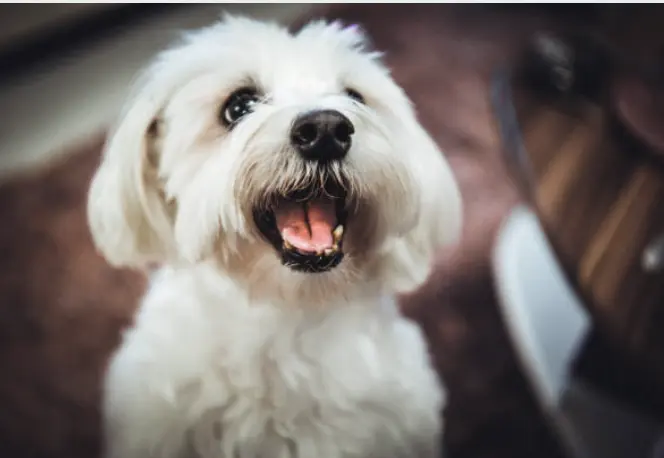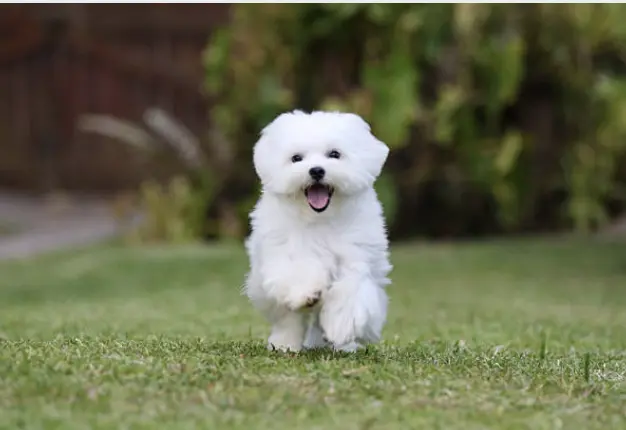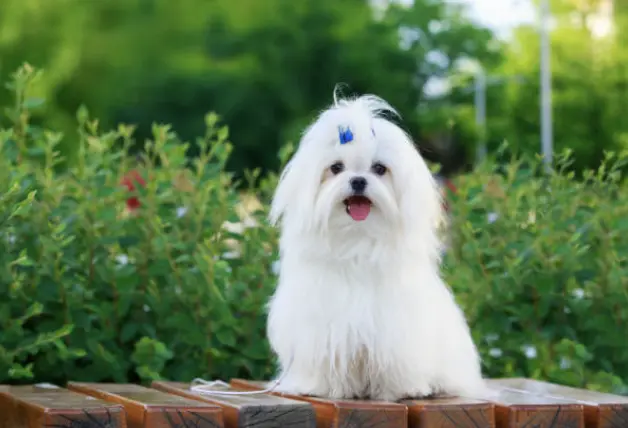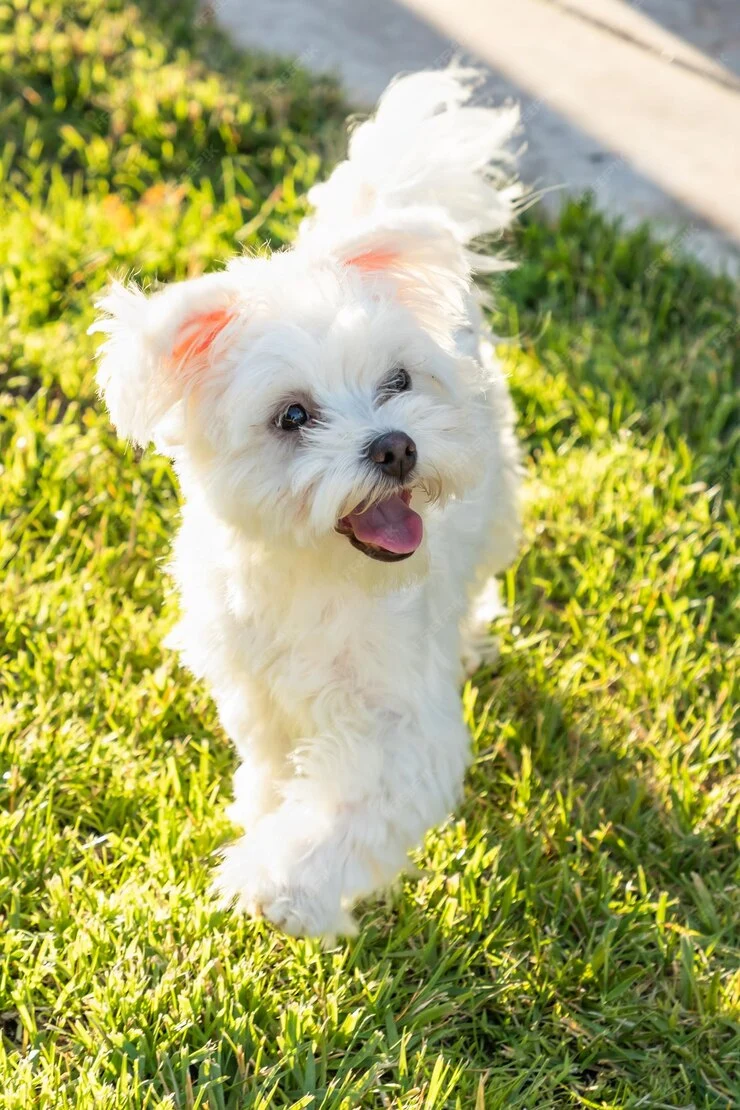Maltese
No Listings were found matching your selection.
No Listings were found matching your selection.

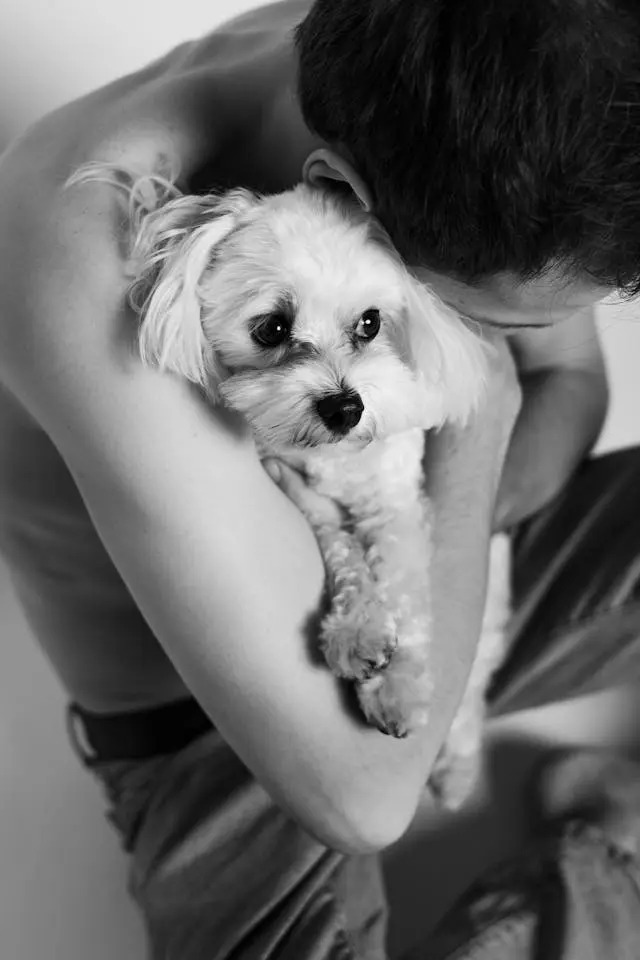
| Characteristic | Description |
|---|---|
| Size | Small breed, typically weighing between 3-4 kg (7-9 pounds) and standing about 20-25 cm (8-10 inches) tall at the shoulder. |
| Shedding | they are considered hypoallergenic, making them suitable for allergy sufferers. |
| Coat | Long, silky single coat that lacks an undercoat, which requires regular grooming to prevent mats and tangles. |
| Color | Maltese dogs are predominantly white, although they may have some light lemon or tan markings on their ears. |
| Body | Compact and elegant body with a slightly rounded skull, expressive eyes, and a plume of hair on their tail. |
| Temperament | Affectionate, playful, lively, and gentle; they are known for their charming and sweet nature, making them excellent companions. |
| Trainability | Highly trainable and intelligent, Maltese dogs excel in obedience training and enjoy learning new tricks and commands. |
| Exercise needs | Moderate exercise requirements; daily walks and play sessions suffice to keep them healthy and mentally stimulated. |
| Life span | With proper care, Maltese dogs typically live for 12-15 years, providing years of devoted companionship. |
| Apartment friendly | Highly suitable for apartment living due to their small size and low exercise needs. |
| HDB Approved | Yes, Maltese dogs are approved for HDB living in Singapore, making them suitable for urban dwellers. |

The Maltese breed boasts a rich history dating back over two millennia, with its origins rooted in the Mediterranean island of Malta. This enchanting small dog has captivated hearts for centuries, tracing its lineage to ancient times where it was revered by royalty and aristocracy across Europe. Adored for its luxurious, silky white coat and endearing personality, the Maltese quickly became a symbol of refinement and elegance among the elite.
Throughout history, Maltese dogs have been cherished companions and esteemed pets, often depicted in art, literature, and folklore as symbols of love, loyalty, and companionship. Their small size and charming demeanor made them popular lap dogs and constant companions to noblewomen and ladies of high society. Renowned for their playful yet gentle nature, Maltese dogs were also valued for their ability to provide comfort and companionship to their owners, earning them a special place in the hearts of many.
In terms of breed characteristics, the Maltese is characterized by its petite stature, typically weighing between 3-4 kg (7-9 pounds) and standing about 20-25 cm (8-10 inches) tall at the shoulder. Their long, silky single coat is a hallmark feature, requiring regular grooming to maintain its beauty and prevent mats and tangles. Despite their small size, Maltese dogs possess a lively and spirited temperament, known for their affectionate nature and playful disposition. Highly intelligent and trainable, they excel in obedience training and enjoy learning new tricks and commands.
Maltese dogs are well-suited to apartment living due to their small size and low exercise needs, making them popular companions for urban dwellers. Additionally, they are considered hypoallergenic, with minimal shedding, making them suitable for allergy sufferers. With proper care and attention, Maltese dogs typically live long and healthy lives, providing years of devoted companionship and joy to their owners.
In conclusion, the Maltese breed’s enduring charm and appeal are a testament to its rich history and delightful personality. Whether as cherished pets or esteemed companions, Maltese dogs continue to enchant and delight dog lovers around the world with their elegance, affection, and undeniable charm.

Maltese dogs have relatively low exercise requirements compared to some other breeds, thanks to their small size and moderate energy levels. While they enjoy short bursts of activity and playtime, they don’t need rigorous exercise regimes to stay healthy and happy. Generally, Maltese dogs require around 20-30 minutes of daily exercise to fulfill their physical and mental needs.
Exercise for Maltese dogs can include short walks, indoor play sessions, and interactive games such as fetch or tug-of-war. These activities not only provide physical exercise but also mental stimulation, which is important for keeping your Maltese mentally sharp and engaged. Additionally, incorporating training sessions into their exercise routine can help reinforce obedience commands and strengthen the bond between you and your pet.
It’s important to tailor the exercise routine to your Maltese’s age, health, and individual preferences. Younger Maltese puppies may have shorter attention spans and energy levels, so shorter, more frequent exercise sessions may be more suitable for them. Older Maltese dogs may have mobility issues or other health concerns that require gentler forms of exercise.
Keep in mind that while Maltese dogs enjoy outdoor activities, they are sensitive to extreme temperatures and should not be exposed to hot or cold weather for prolonged periods. During hot weather, it’s best to exercise your Maltese in the early morning or late evening when temperatures are cooler, and always provide plenty of fresh water and shade.
Overall, providing regular, moderate exercise and mental stimulation is key to keeping your Maltese healthy, happy, and well-adjusted. By incorporating a variety of activities into their routine and paying attention to their individual needs, you can ensure that your Maltese leads a fulfilling and active lifestyle.


